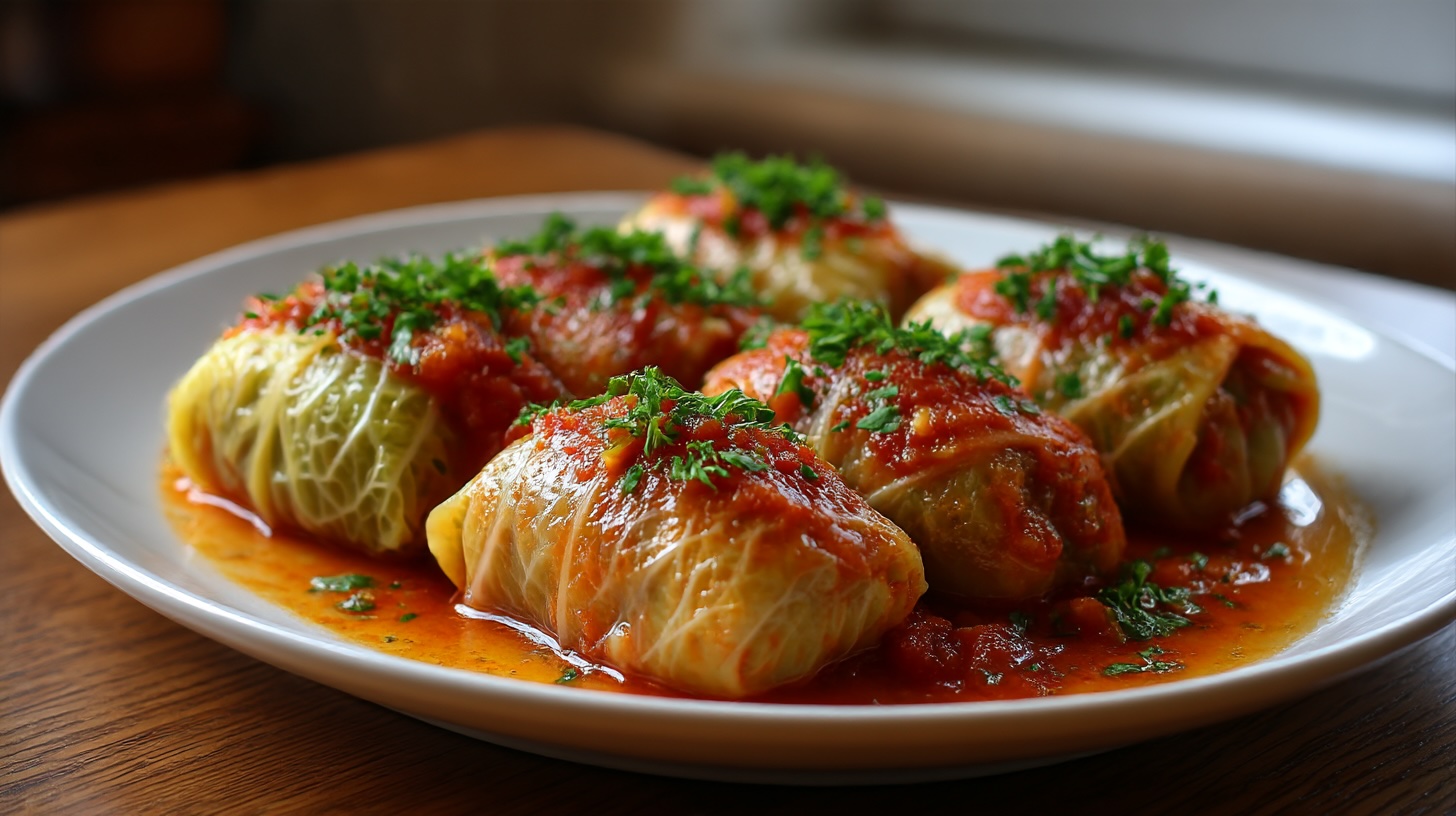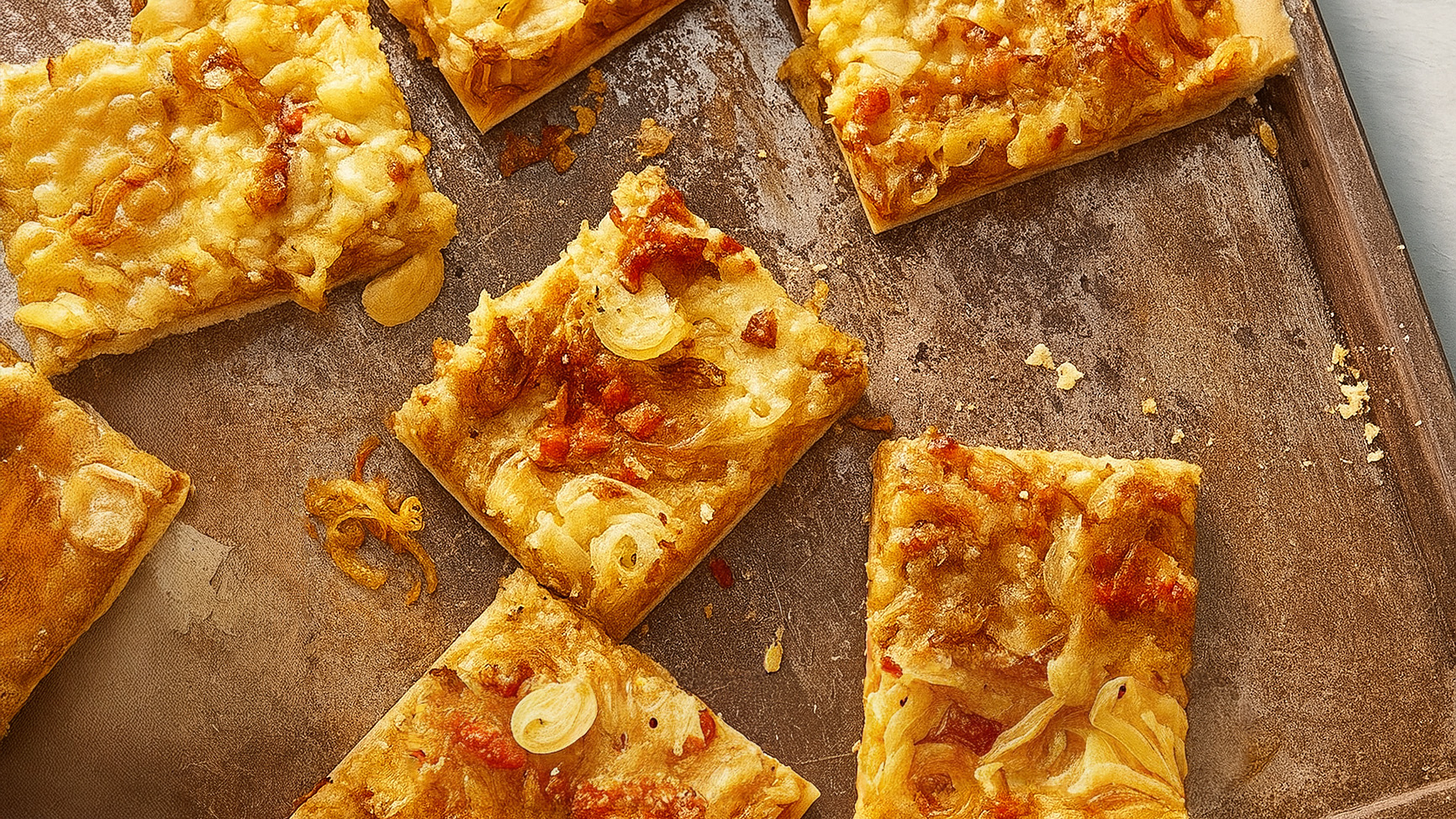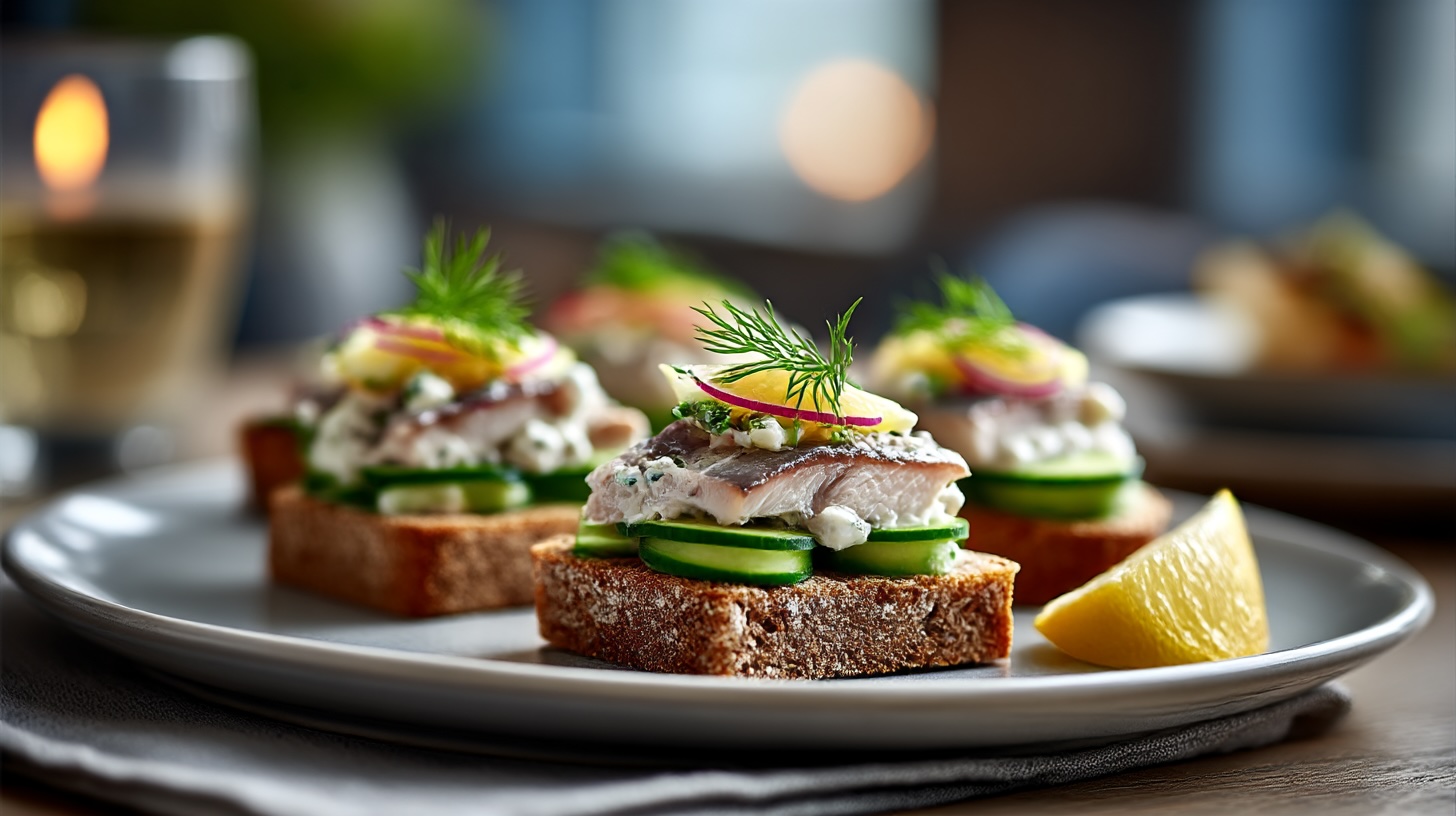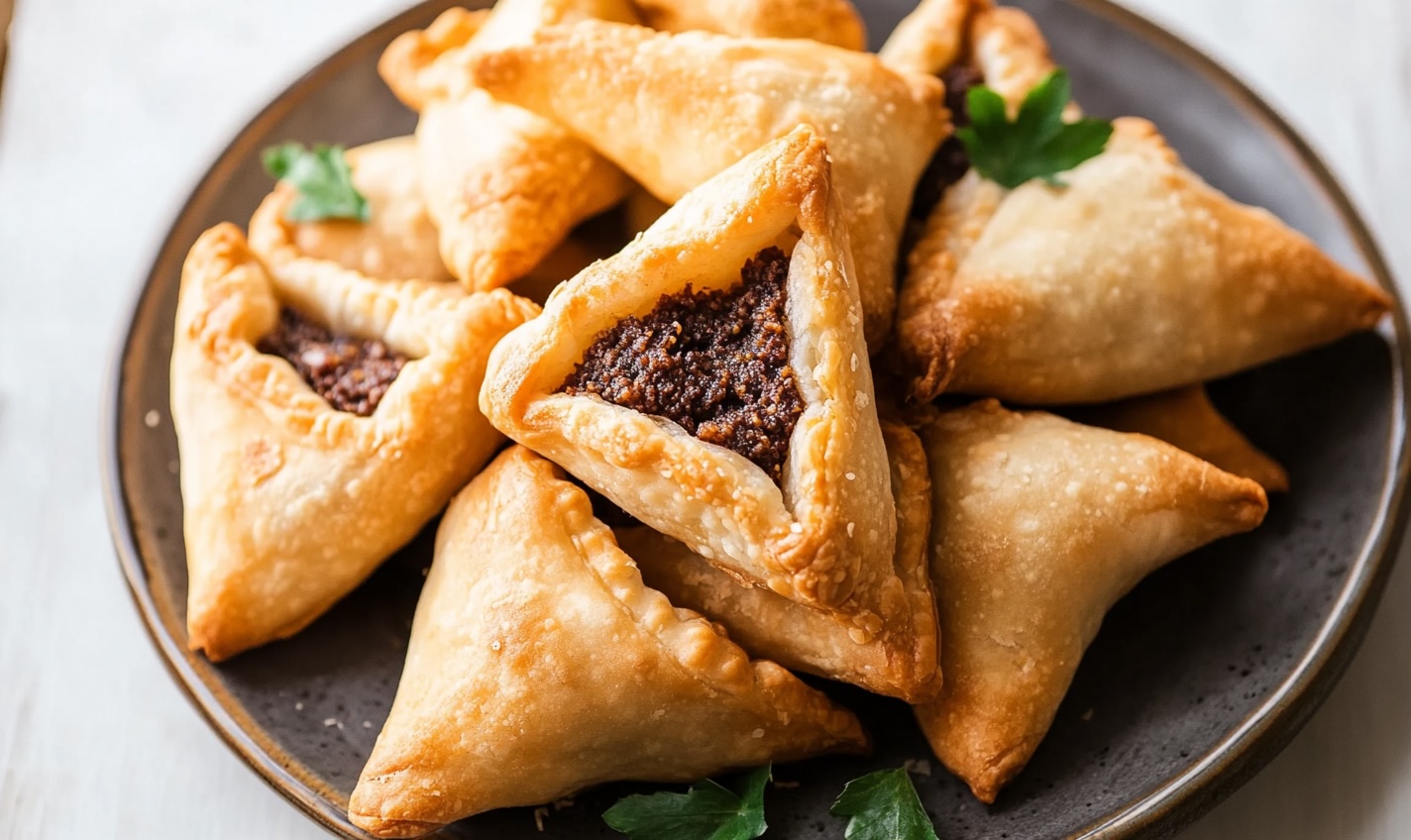Sarmale: Romania’s Little Rolls of Joy
Sarmale. Even the word sounds like it’s been simmering in something rich and vinegary for hours. If you’ve ever wandered into a Romanian household around the holidays, a wedding, or frankly any decent Sunday lunch, your nostrils will have been hijacked by the unmistakable aroma of cabbage leaves stuffed with spiced meat and rice, bubbling away in a tomato-laced bath. Welcome to the soul food of the Balkans, where no celebration is complete without a pot of these tightly rolled parcels of joy.
Let’s start way back – not just pre-Thermomix, but pre-Roman Empire. Like so many comfort foods with suspiciously wide geographical distribution, sarmale has a murky lineage that points in all directions at once. Some insist it arrived with the Ottomans, others say it’s an adaptation of Byzantine culinary habits. Either way, sarmale is part of the broader family of dolma – stuffed vegetables and leaves – which spread through the former territories of the Ottoman Empire like a culinary contagion.
Romania, being a proud inheritor of Balkan hospitality and cabbage enthusiasm, took the idea and ran with it. Or rather, rolled with it. While Greeks were busy stuffing grape leaves and the Turks were fiddling with peppers, Romanians focused their stuffing energies on sour cabbage leaves. The result? A dish so integral to national identity it practically has its own passport.
Now, don’t let the cabbage fool you. Sarmale is not health food. It’s hearty, fatty, unapologetically meaty fare. The classic Romanian sarmale features minced pork (and sometimes beef), rice, onions, smoked bacon, dill, thyme, salt, pepper, and a generous helping of patience. The whole lot is wrapped in pickled cabbage leaves—yes, pickled, because why settle for bland when you can have briny and bold?
The rolls are layered in a large pot with more chopped cabbage and smoked meat (because more is more), then drowned in tomato juice or passata, occasionally sweetened with a touch of sugar and a splash of wine or vinegar. They’re cooked slowly for hours, preferably in a clay pot, until the cabbage is tender enough to cut with a spoon and the flavours have melded into something that tastes like family history and mild heartburn.
There are, of course, variations. Moldavian sarmale, for example, tends to be smaller and more tightly rolled – the culinary equivalent of a Swiss banker. In Transylvania, they often throw in more smoked meat and serve it with a dollop of sour cream that could frighten cholesterol levels across the continent. Some parts of Romania like to add raisins (controversial), while others stick strictly to the Orthodox meat-rice-cabbage trinity.
Outside Romania, similar dishes crop up with different names. The Serbs have sarma, the Bulgarians too. The Poles do gołąbki (less sour, more tomato). Even Sweden has kåldolmar – a very Nordic take, allegedly brought back from the Ottoman Empire by none other than King Charles XII. There’s your trivia nugget for the next pub quiz.
What makes sarmale special isn’t just the taste – though that’s an event in itself – but the ritual. Making sarmale is a team sport. It’s the kind of thing grandmothers teach to grandchildren in a haze of steam and criticism. It’s rolled by the dozen, the score, the hundred, depending on how many cousins are due for dinner. You need a certain rhythm, a flick of the wrist, a pinch of intuition. Too loose and they unravel, too tight and they’re rubbery. There’s a Goldilocks zone in there, and Romanians find it with unspoken precision.
Drinks? Well, you’ll want ţuică. The proper, homemade stuff that could fuel a small tractor and strip the varnish off a mahogany table. Its fiery kick balances out the richness of the dish. Wine also works, preferably a dry red. Fetească Neagră if you’re staying local, or any rustic bottle that tastes like it was made in a shed by a man named Gheorghe.
What to serve with your sarmale? Mămăligă, of course – Romanian polenta. Slightly salty, with a texture that sits somewhere between cake and porridge, it’s the neutral cousin that sops up all the meaty, tomatoey juices. Add a spoonful of sour cream and a side of pickled chillies, and you’ve got a plate that deserves poetry.
As for health benefits… let’s not lie to ourselves. Sarmale isn’t salad. But there is cabbage, and there is rice, and you could theoretically use leaner meat and skip the bacon. You could also theoretically attend an opera in flip-flops. Doesn’t mean you should. Still, it’s gluten-free (unless you add bread on the side, which you will), and it does provide protein, iron, and serotonin – mostly from the experience.
Finding good sarmale outside Romania can be tricky. In Romania, just follow your nose or ask any local. In London or New York, your best bet is a Romanian deli or a Balkan restaurant with a grandma in the back. The tinned supermarket versions should be approached with caution and perhaps a health waiver.
Right. Let’s make some.
Sarmale Recipe (Romanian Cabbage Rolls)
Ingredients:
- 1 large sour/pickled cabbage (or fresh cabbage + vinegar if desperate)
- 500g minced pork (or pork and beef mix)
- 100g smoked bacon, finely chopped
- 100g rice
- 2 onions, finely chopped
- 1 tsp salt
- 1 tsp black pepper
- 1 tsp dried thyme
- 1 tbsp sweet paprika
- 1 handful fresh dill, chopped (or 1 tsp dried)
- 500ml tomato juice or passata
- Optional: bay leaf, a splash of dry white wine, sugar
Start by preparing the cabbage leaves: if using sour cabbage, rinse them to remove excess salt. Cut out the thick stem bits so they’re pliable. If using fresh cabbage, blanch the leaves in boiling water with vinegar until soft.
In a large bowl, mix the minced meat, rice, onions, bacon, salt, pepper, thyme, paprika, and dill. Take a cabbage leaf, place a spoonful of the mixture on one end, fold in the sides, and roll tightly. Repeat until you’ve run out of stuffing or leaves or will to live.
Line the bottom of a large pot with chopped leftover cabbage and smoked meat (if using). Layer your sarmale neatly, add more chopped cabbage between layers, and pour over the tomato juice. Add bay leaves, a sprinkle of sugar if you fancy, and a glug of white wine.
Cover with a lid and simmer on low heat for at least 2 hours – 3 is better. They should be soft, juicy, and slightly caramelised at the edges.
Serve hot, with mămăligă, sour cream, pickles, and a shot of something that burns.
And there you have it – Romania’s finest, rolled with love and a bit of sass. Don’t forget the napkins. And maybe a nap.



